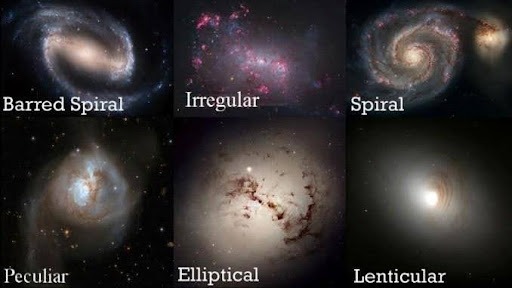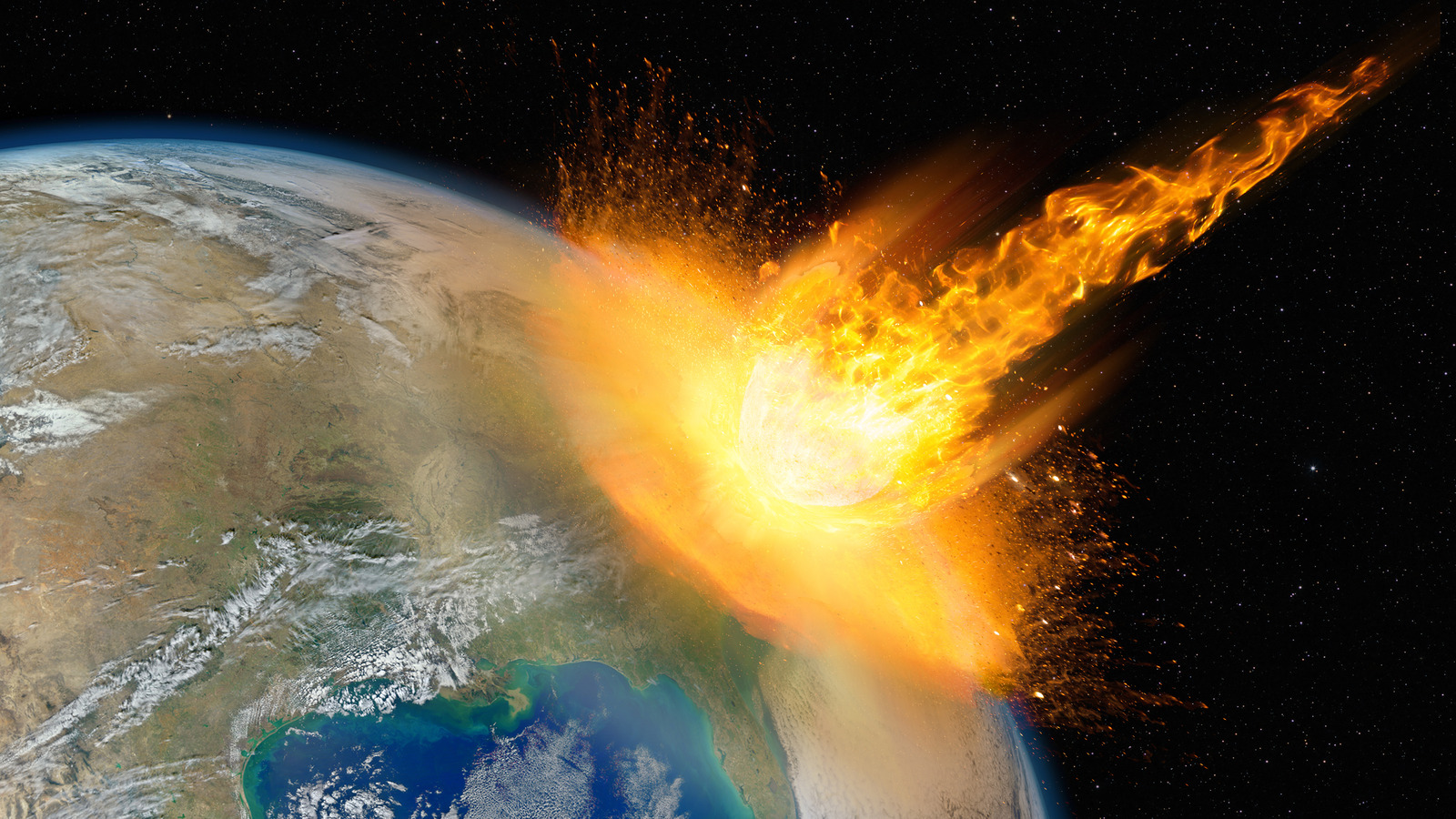Ring Nebula through NASA’s James Webb Space Telescope
With brilliant rings of gas and wispy trails flowing from the core, the latest photographs of the popular Ring Nebula from NASA’s James Webb Space Telescope are stunning. More clearly than ever, we can pick out the tens of thousands of clusters that make up its primary ring.
The Cheerio-shaped relics of a dying star are located about 2,200 light-years from your current location; these remnants combine to form the Ring Nebula, which is well-known for its structure. And on Monday (August 21), researchers revealed that the James Webb Space Telescope had once again struck gold, providing a really stunning new perspective on this well-known cosmic halo.
In depth: James Webb Space Telescope’s spectacular image of Jupiter
“We were astounded by the photographs’ level of detail when we first saw them. According to a statement from Cardiff University’s Roger Wesson, the bright ring that gives the nebula its name is made up of over 20,000 distinct clumps of dense molecular hydrogen gas, each of which is roughly the mass of the Earth. The interior, however, exhibits extremely hot gas. A thin ring of polycyclic aromatic hydrocarbons (PAHs), which are carbon-based molecules, emits more energy than the main shell.
According to University College London, “Just like fireworks, different chemical elements in the nebula emit light of specific colors,” the new image features vivid hues and fresh detail. That allows astronomers to learn more about the chemical composition and evolution of the spectacle in addition to producing eye-catching panoramas in space.
A planetary nebula is actually the remnant of a star that was similar to the sun, despite its name. Furthermore, planetary nebulae reveal themselves to be increasingly complicated the closer astronomers investigate, with multiple gas clusters and filaments spreading outward.
According to Roger Wesson, a research associate at Cardiff University who oversaw the image analysis, “Planetary nebulae were once thought to be very simple objects, roughly spherical and with a single star at their center.”
Researchers from Cardiff University’s School of Physics and Astronomy are part of the project, and they claim that the photos of the Ring Nebula taken by JWST in July and August 2022 reveal hitherto unseen structural detail.
View more fascinating information about: Sun, Moon, and Stars | Did you know … Facts ?
The researchers claim that although the many structures and phases visible in the photos have features in common with other well-studied nebulae, the days of planetary nebulae being modeled as uniform density spheres are long gone.
The analysis’ principal investigator, Dr. Roger Wesson of Cardiff University’s School of Physics and Astronomy, said: “These new images taken with JWST show incredibly complex structures in the form of arcs, spikes, wisps, and clumps, all formed as a dying star throws off its outer layers.”
JWST, which will launch in December 2021, is a collaborative project between NASA, the European Space Agency, and the Canadian Space Agency.
The JWST will be the most important observatory of the coming ten years, allowing astronomers to study every stage of the history of the Universe, from the first bright glows after the Big Bang to the formation of stellar and planetary systems capable of supporting life on planets like Earth to the evolution of our own Solar System. In this brand-new view of the Ring Nebula from Webb’s MIRI (Mid-InfraRed Instrument), the concentric features in the outer portions of the nebula’s ring are shown in great detail. Approximately ten concentric arcs that extend barely past the main ring’s periphery.
The arcs are believed to be the result of the interaction of the central star with a low-mass companion orbiting at a distance comparable to that between the Earth and the launch of JWST in December 2021, a joint venture between NASA, the European Space Agency, and the Canadian Space Agency.




